At HoCoSo, we anticipate this next chapter in the history of hospitality to be one of discovery; of finding new ways to establish our industry on a dramatically more sustainable footing; of catching the wave of innovation; of utilising technology effectively; and of nurturing our industry’s most valuable asset – people.
Based on this, HoCoSo CONNECT is back with a new five-programme series, focusing on opportunity, solutions and best practices. Our third discussion explored How a resilient Tech-enabled user-experience determines a Company’s chance of success in the new reality.
Hosting the roundtable discussion was HoCoSo’s Sean Worker, Managing Director Technology, Adaption and Innovation Services. He was joined by some of our industry’s brightest minds.
It’s long been established that change is a constant.
While some may argue that such a statement is an oxymoron, it nonetheless encapsulates the environment we live in. Another reality is the fact that at no other time in history have humans been more connected than today.
Change as a constant. Global connectivity. Combined, these elements reflect our current reality; one that is growing, though not necessarily evolving. And just like oil extracted from the deep, the data we are harvesting is crude, rather raw. To become useful as a commodity, it needs to be refined to truly merit value. Collecting accurate User data pre COVID-19, compared to now, has fundamentally changed. Businesses of all sizes must increasingly rely on – and make use of – the data available to them to distinguish themselves in a very noisy marketplace.
In this third segment of five in the HoCoSo Connect Thought Leadership Series, we will cover a host of topics, all centred around tech and user experience. “This is a hugely complex problem, considering that all of us are learning as we go. Yet one of the greatest gifts I learned myself was how to say, ‘I don’t know.’ And certainly in technology there’s a lot of that going around behind closed doors. However, what I am certain of, is that as a collective, we know a lot and it is our responsibility to share, which is the main premise of this initiative,” explained Sean Worker, Managing Director of Technology, Adaption and Innovation Services for the group, as well as the host of this session.
Elaborating his point, Sean explained that tech has been embedded from a user experience perspective in all of our lives, from Food delivery to buying a house online much the same as buying a Tesla online, without touching them, that’s brand trust! As we move into the recovery phase, one of the central questions becomes, “What are some of the noteworthy trends that will carry past the recovery phase?”
Potential future trends
Sharing his thoughts on the events of the past year, Aaron Turner, CEO at Heads of Commerce, a company that brings the best and brightest commerce talent to some of the largest retailers and Fortune 500 brands explained, “From a user experience standpoint and just overall, a lot of technologies had to be put in place to enable consumers to carry on living. Some noticeable services that previously did not exist now see local community restaurants selling raw ingredients to consumers for home use, a novel adaptation facilitated by technology. Another new service that rose in demand was curb-side pickup, or the delivery of these ‘raw’ ingredients to the consumers’ homes. The third interesting change saw a significantly-larger number of seniors shopping online. Despite laxer rules now, the data we have tells us that more people of all ages have adopted these services into their daily lives as the new normal. To measure all this activity, tools such as Lucky Orange and Shopify, have enabled us to better understand what those users are doing in these digital experiences and really led to us to make smarter decisions on user experience. That’s enabled technology to be better.”
Driven by such drastic consumer behavioural shifts that were accelerated by need rather than willingly adopted, the number of data points generated throughout the past year is staggering. Making more sense of it is Chinmai Sharma, a worldwide traveller and President of the Americas for Rategain, the only travel technology company powering every segment of the travel and hospitality industry with real-time intelligence.
In his view, some very clear trends are emerging and one of those is on the customer side. “We always knew that the attention span of customers was short and it’s rapidly becoming shorter. So from a display and content perspective, I think all the supply partners have to be on their feet. In other words, if they don’t convert in eight or 10 seconds, the customer basically just moves on, which will have serious impact on any business.”
Factoring in the rising number of daily transactions, and the diversity available in the digital realm, adds plenty of pressure on companies’ distribution channels, specifically on the supply side. The trickle effect now sees the role of the CTO and CFO changing quite a bit. “A lot of our supply partners were forced into re-evaluating their investment in tech. Yesteryear’s band-aid over band-aid approach is not only ineffective, but also quite dangerous to the future of any brand and I am happy to see a switch to more tech adoption,” Sharma declared.
Convincing company heads to make the leap
Lending unique insight to the topic, Sean noted that technology is now competing heavily for Capital. However, founders and operators of companies are challenged with how to allocate funding for reopening businesses. Do they pay back rent, loans, buy inventory or build out their Tech stack? If they need to do it all, how do they apportion their financial resources? “No longer is the real question whether companies should or shouldn’t invest in tech; that is a no-brainer. The question is, how will thought and technology leaders convince companies to make the leap to remain and stay relevant?”
One recommendation came by way of a tech leader residing in an 1880 brick apartment complex in the town of Ludlow, Massachusetts, which used to be part of the largest hemp factory on the East coast.
“Clients are just now waking up to the power of technology. So, if you want to see efficiencies and improvement in the business, it’s really coming from technology, but technology under the right leadership,” remarked Pete Gibson.
Gibson is a multifaceted technology leader involved in all aspects of technology in a range of roles. He’s the founder of Datlytics, which is an accomplished data analytics firm. He has served as chief information officer for a number of multinational brands and was commander in charge of America’s Tomahawk missile program. In his experience, having the right tools, without the “troop” of qualified personnel to operate them will yield nothing but loss. Equally, the personnel without the right tools is also a recipe for failure – and an expensive one at that.
The industry as we know it, is based on technologies and more importantly, protocols that have already served their purpose and therefore can no longer sustain the system for which they were originally designed. Explaining, Pete said, “You can see all these old systems go out due to their limited ability to compete in today’s global markets. Evolution will be incumbent upon that tech’s ability to deliver. Providers will have to change their protocols in order to adapt and offer those new services customers expect.”
Let’s assume that a company does have the infrastructure and tools in place. So, how does the organization or the brand decide on the most suitable product or protocol, develop it, and introduce it to the target audience at the right time? And how do you get the operators to jump onto that bandwagon when they believe that the status quo is functional and therefore requires very little else?
The answers will definitely come across as surprising. Then again, some of the most effective solutions to complex problems are often the simplest. To better explain, Vivi Cahyadi Himmel said, “In today’s world, it’s much easier to test and receive instant user feedback. In that respect, our approach relies on testing many different channels and methodologies by crowdsourcing the problem. In so doing, I let the market tell me what the problems are.”
As Co-founder and CEO of AltoVita, an accommodation platform offering a selection of verified extended lifestyle-stay housing solutions, Vivi is also an accomplished classical pianist, a former asset manager servicing hundred-million-dollar portfolios, in addition to being an angel investor.
Having lived and worked in 11 cities, her exposure to a diverse amalgam of cultures and human behavior has given her a unique perspective and the experience to unravel difficult situations for her clients.
A case in point: Just yesterday,” said Vivi, “I was with an existing client who’s been reluctant about trying out our platform. His reluctance was based on his operation team’s familiarity with another system.” To address his business bias, she employed the tactic of running a sophisticated focus group with competing clients in the same session. After attending a focus group with six of his competitors, he called and said he was going to use our product now because he didn’t want to use the same product as his competitors.”
Consumer-centric experiences
This may not be a good reason for an operator to switch platforms, but it appears to be the main motive in some instances, remarked Sean.
And it’s part of the formula when determining what approach to take when trying to identify where and when users will interact with certain systems.
“We focus on the consumer experience first and foremost. For us, the challenge is always trying to figure out where the consumer (BtoC or BtoB) is going to be and what behaviour changes they’re going to exhibit so that we try to get there first. Five years ago, mobile devices converted maybe 10 percent of business to e-commerce sites. Now, about 70 percent of those businesses have migrated to that platform. As a result, brands were forced to update their technology. Today, and because of COVID-19 restrictions, people also expanded their interactions to gaming consoles and connected TVs. The real question is, how does consumer behaviour change when viewing content on a diversity of screens and devices? Only after gaining some relevant insight to that question can a proper marketing strategy be devised to support such use,” observed Aaron.
A Major Change in data collection
Get ready. The world of “Cookies” is being upended and Google is leading the way. In March 2021, Google announced its intention to do away with Internet browser cookies on its Chrome browser as it began testing these theories of new consumer engagement practices. Instead of “cookies,” Google will use a type of web tracking called FLoC (Federated Learning of Cohorts), which will give marketers a new way to target ads by grouping together people who share similar interests – but without exposing details on individual users. It’s a move that constitutes a potentially hefty blow to marketing companies whose digital business model heavily relies on these invisible ‘individual history logs’ that detail a user’s online activities and behaviour.
As of April 2021, every major browser aside from Google Chrome that is based on Google’s open-source Chromium platform has declined to implement FLoC. The technology has been criticized on privacy grounds by groups including the Electronic Frontier Foundation and DuckDuckGo, and has been described as anti-competitive.
However, you view this move, the consequences are significant, and at HoCoSo, we urge companies to develop a strategy around this major shift to avoid possible business disruption.
From a marketing standpoint, by utilizing the information stored in cookies, companies can identify and promote to a high degree of accuracy an array of products or services that consumers are very likely to engage with. “Unfortunately, Google is not going to allow that anymore. However, we believe this change will ultimately lead to more brand awareness and trust. Also, there are platforms out there that rely on a user’s identity to track online activity, which will result in a lot more first-party data. When leveraged with traditional marketing, much can be achieved. What is important is to really maintain your marketing strategy and adjust as needed on a daily basis as more and more data comes out. But I think the marketing world is going to be rocked in the next three to six months,” Aaron predicted.
Maintaining and growing a loyal following
Appropriate messaging is fundamental when speaking with existing and potential consumers. While data may not tell the entire story, what does hold true, especially today, is the fact that so long as a service or product is offering consumers trust, reliability, innovation, novelty, consistency and value, loyalty will in all probability be maintained or even strengthened.
There are companies who, after offering their customers ‘special treatment’ via loyalty programmes for decades, opted-out, believing that customers will continue to choose the brand because they have a clear idea of what to expect. That, Pete explained, is a big mistake. “What these brands did not expect, is how easily-swayed customers are to try-out different brands in the same category. That is why, during the recovery process, companies are reverting back to these programs. There’s going to be an even bigger contest for market share and they want to grab the biggest slice they can. Therefore, loyalty programs are going to be extremely important to businesses going forward.”
One other indicator of the renewed importance of loyalty programs, Chinmai emphasised, is differentiation.
“If you have a unique product or service, use all your available platforms to build and promote that same product in different ways. Then, loyalty will definitely add big value. Part of the reason why a lot of loyalty programs are still running are just because of customization and how well the programs know the customer. If customers automatically get what they need from a brand, they won’t go anywhere else.” The technology to prioritise and customise their preferences is essential to providing that loyalty-building User Experience.
Having touched on a host of pressing issues of the moment, the one thing that is certain, is that there still is plenty to unravel. Sean encouraged, “Try to host as many similar informal forums as possible. They afford everyone access and insight to some of the world’s most reputed experts. Then, just maybe, by Paying it Forward, others will be encouraged to join and in so doing, today’s problems will become yesterday’s news.”
“HoCoSo Keys” – Our key takeaways from the session
Vivi Cahyadi Himmel: Play on the customization strategy to really know your clients and use every opportunity to show it while creating proposed solutions that really speak to them.
Pete Gisbon: Always try playing with new ideas and concepts in a low-risk situation to see if you can get some type of a business improvement out of it.
Chinmai Sharma: Try to invest in product tech and data science and focus on the customer, as all these will really make a big difference.
Aaron Turner: Don’t look for a silver bullet and don’t look for a magic solution. Take the data and make some educated decisions. It’s OK to be wrong. Also, take care of your people, because they’re the ones making it happen for your company.
Sean Worker: Be User Experience-centric. Your Client, Employee, Supplier and Investor power your business. This User circle is the Flywheel that will propel your Business to maintain and expand your success.
About the co-authors
Managing Director of Technology, Adaption and Innovation Services at HoCoSo
Sean manages HoCoSo’s Technology and Business Transformation services, helping businesses improve their outcomes for success, emerge from crises in the best conditions possible, make them ready to get back up to speed and accelerate forward.
He advises both established companies and start-ups in business strategy, intelligence and procedural analysis and development, preparation for funding investment, Workout and Administration situation reviews to Executive Coaching.
Recently, Seán released his co-authored collection of stories of industry leaders: “The ADAPTERS: How the Travel, Tourism and Hospitality Industry is Adapting and Innovating to Connect the World.”
 Jad Haidar
Jad Haidar
Leveraging over 20 years of writing as a seasoned journalist, Jad has interviewed globally reputed personalities in the advertising, communication and hospitality industries. He is a storyteller at heart, crafting balanced and informative articles for readers. He was the features writer for ArabAd and Hospitality News magazines in the Middle East for the past 10 years and is currently a webinar writer for HoCoSo. Before becoming a journalist, he spent 5 years teaching English. He holds a B.A. in English Literature and communicates in 4 languages.
About HoCoSo
HoCoSo are advisors with a difference.
We create tailor-made and innovative solutions for clients’ hospitality-led projects by bringing together the optimum team of sector specialists.
Jonathan Humphries, Chairman and Owner of HoCoSo, and his direct team specialize in the extended-stay, co-living, and hotel-alternatives hospitality market; luxury, lifestyle and boutique hotels; and resort developments in Europe, the Middle East and Africa (EMEA). Our strengths lie in the following core services:
- Product & Concept Creation, for portfolio & individual asset developments.
- Strategic Development Projects with a focus on new-market / new-concept business expansion planning, operator selection, market and financial feasibility studies.
- Transformative Asset Management for brand re-positioning, asset re-evaluation and concept re-structuring.
- Hospitality Education for companies and academic institutions, with a focus on bespoke course development, training and teaching.
- Workshops, Keynotes and Conference Moderating for boards, leading international conferences and incubators.
During the covid19 crisis, HoCoSo launched HoCoSo CONNECT, an initiative aimed at bringing the industry together to brainstorm and collaborate; HoCoSo CONVERSATION, a podcast channel encouraging the discussion with thought leaders from around the globe, for the hospitality industry; and, in collaboration with Atlas Coaching and Cervus Leadership Consulting, we also launched the Hospitality Resilience Series , a combination of online events, insights and discussions aimed at helping build your personal resilience and inner immunity.



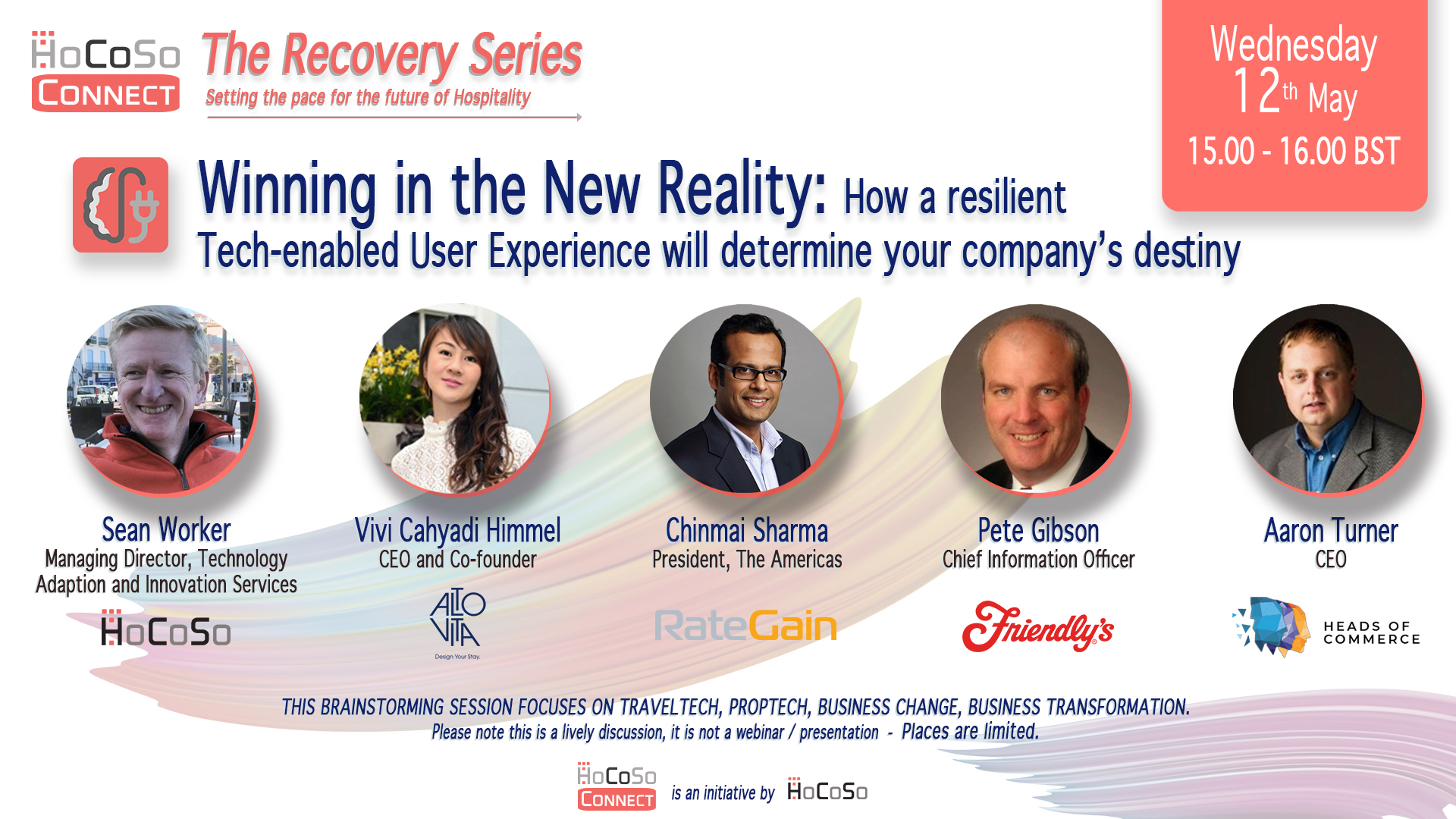
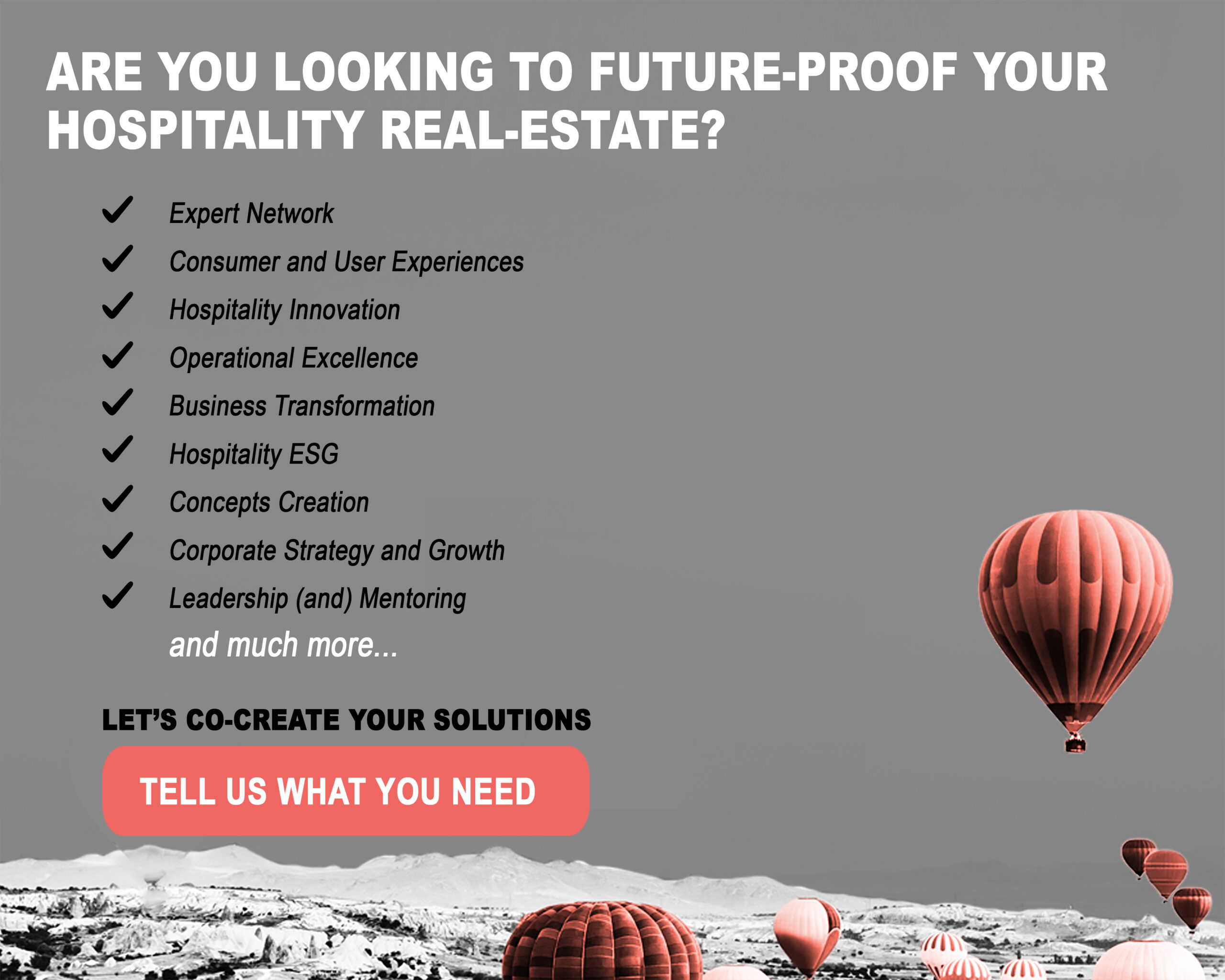


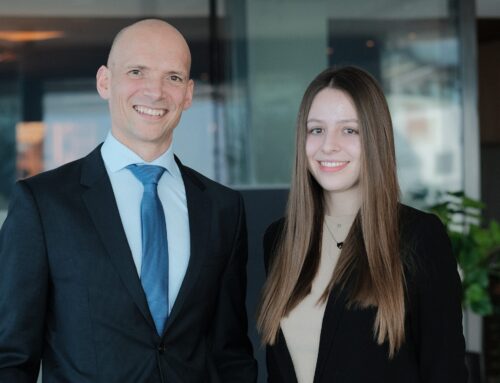


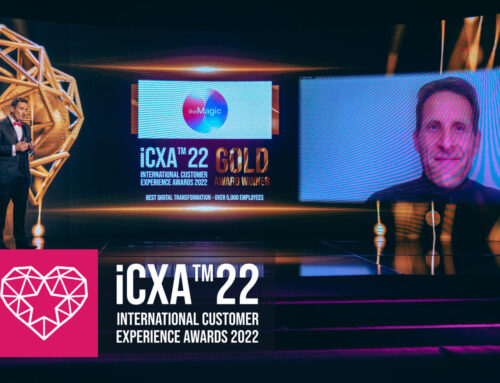
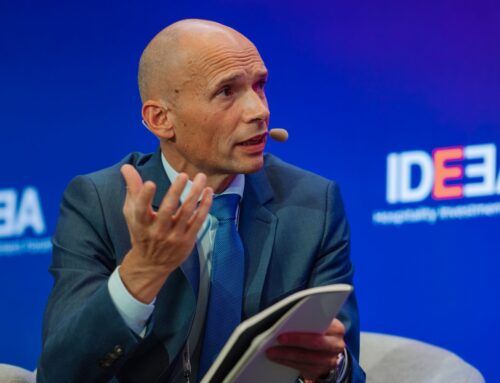
Leave A Comment